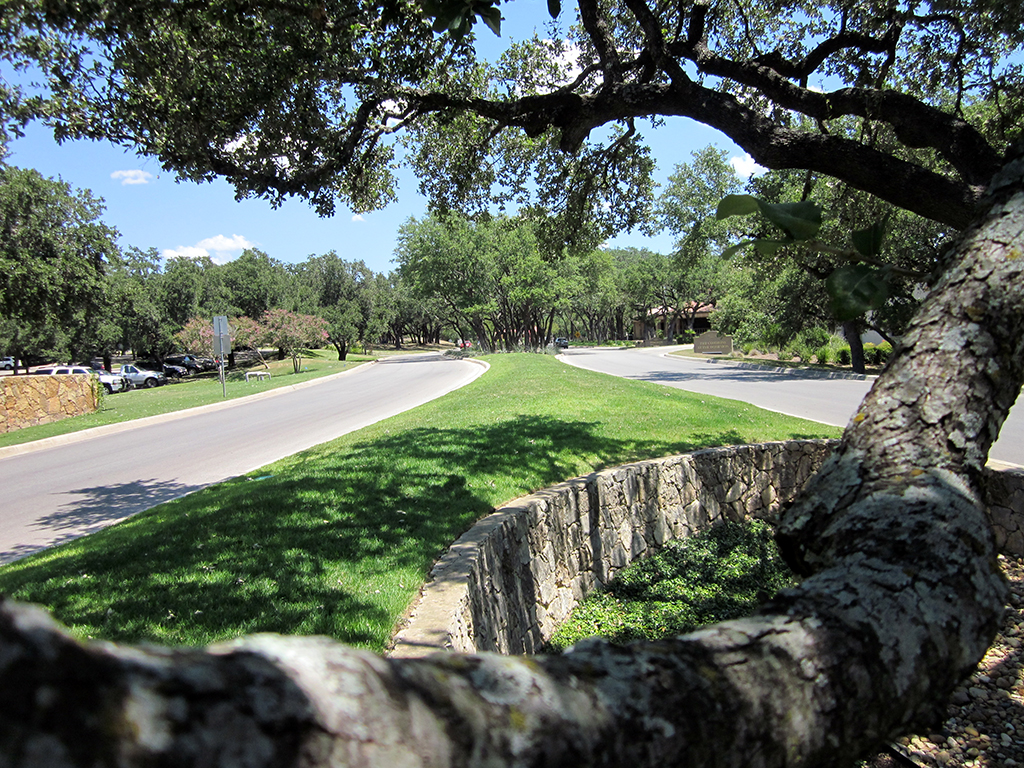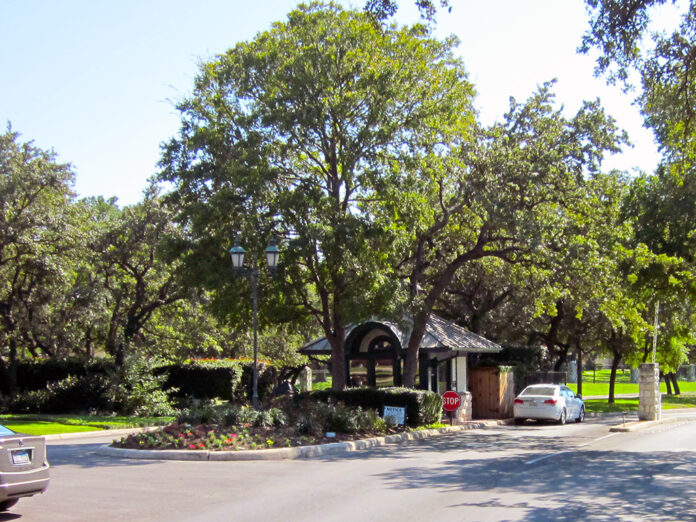In a city with a population hovering around 1½ million, in an area approximately 550 square miles, it shouldn’t be a surprise there are over 3,000 subdivisions scattered throughout San Antonio. And for newcomers who are looking for a new home, or residents looking to move, these numbers present a bit of a dilemma as getting into many subdivisions to view houses and other amenities, even for just a casual drive, is problematic as many subdivisions have guards, or gates, positioned at the entrance(s.)

Mission Ridge 
The Dominion
Apart from getting in, if the “human nature” of the subdivision and whether its residents treat the environment in a pleasing way is a major objective, and by gosh it should be, standing outside the front entry may be a major first step, as often times, the look of the outside is carried over to the inside. And further, once you’ve decided in favor, you could find additional information by getting hold of the rules and regulations (covenants) from a homeowner association (HOA) or a realtor, the documents being the paperwork through which the HOA governs. In fact, it is recommended you do one or the other, since homeowner associations are not all created equal, nor do they offer the same amenities.
If you’re the type who is fastidious about your property, an HOA with any kind of, if not stringently enforced, rules might be for you since it invariably keeps a steady and watchful eye on its residents and the environment. If you mind that fences are all the same height, cars can’t be parked in the street overnight or dogs aren’t allowed to walk the neighborhood alone and poop on any lawn they choose, think twice about where you’ll live. A subdivision I’m aware of has amenities such as a pool and a tennis court and charges its residents $230 a year, mainly to pay the lifeguards during summer months of pool operation as well as having the center median of the main street mowed twice a month.
The resident’s cost to an HOA varies dramatically and generally is dependent on the upkeep of the subdivision. A homeowner association I’m familiar with charges $3000 per year and, save for a 24-hour guard/gate at the front as well as an attractive approach to the gate, offers just little more in amenities. Others may charge more, but unquestionably, not (much) less than $230. For instance, a friend lives in a subdivision whose HOA won’t allow cars to park on the street overnight. HOA regulations may run the gamut, but will certainly include what your front landscaping can look like, i.e. a green lawn or xeriscaping versus letting it go to weed, if you can place a religious symbol a distance from the house (generally controlled, as well, by a city ordinance), the types of vehicles you can park on the street or in your driveway (typically no RVs or trailers), the height of fences, or where garbage cans must be placed, likely in a garage or on the side of the house, but generally, out of sight.
And, if you want to do anything different than what is called for in the HOA rules, you will have to ask for a variance. And depending on where you live, many rules are ruled on by a city or township ordinances as well.







